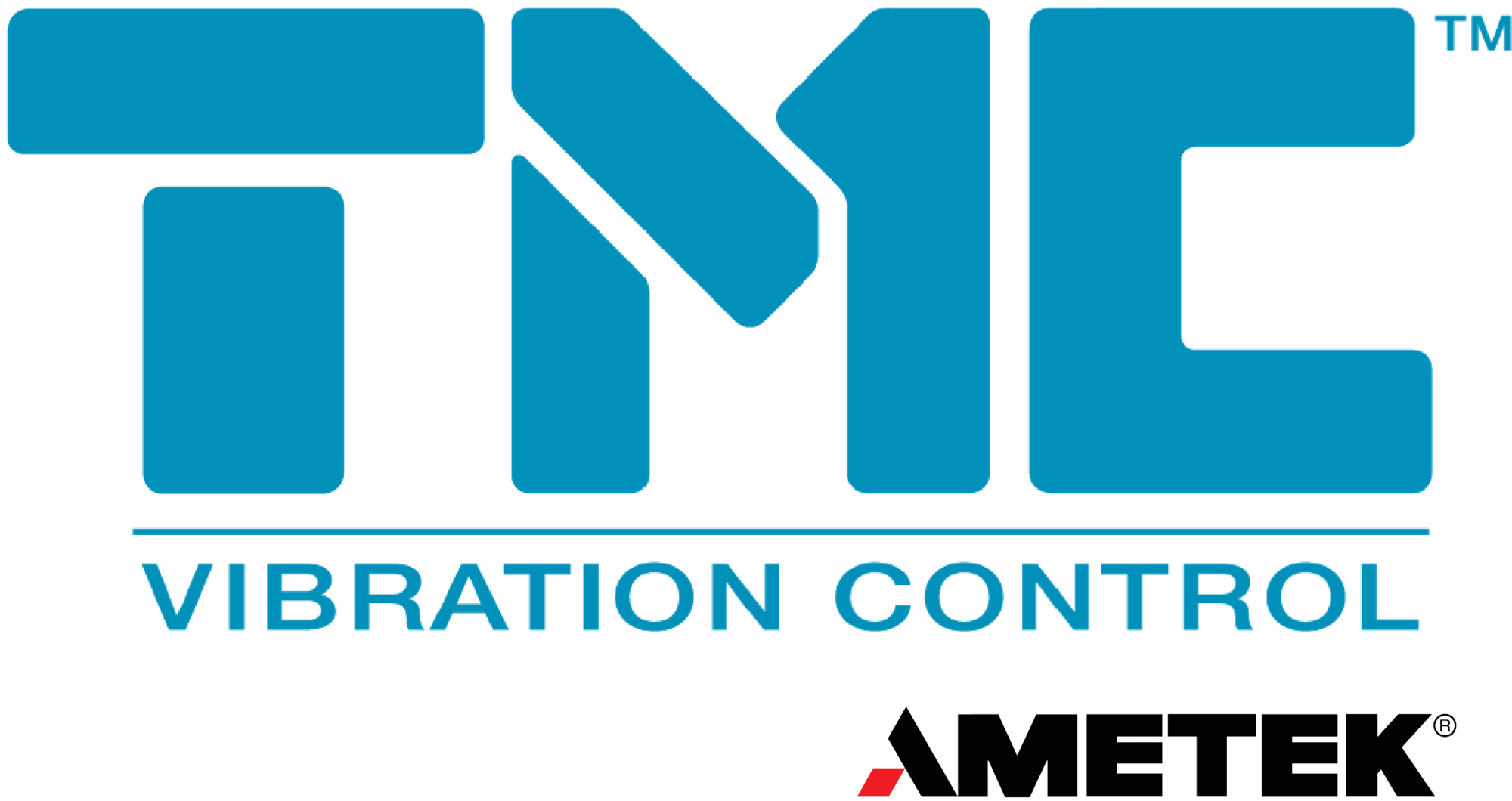People often query the difference between vibration damping and vibration isolation. These terms are sometimes used interchangeably, although they are distinct. Jake Porrazzo, TMC’s Sales, and Applications Engineer utilize the CleanBenchTM to show the difference between damping and isolation.
In short, damping refers to how efficiently a tabletop prevents disturbances from propagating through it; in this example, researchers utilized the CleanBench top. Broadband damping is used in the CleanBench top and the optical tables.
These tops are built in such a way that disturbances are dissipated before they reach other areas of the top. For example, if the user had a gadget set up on the top that made its vibration, such as a motor or switch, a highly damped top would do an excellent job of keeping vibration from reaching other sections of the top. A top with inadequate dampening would not. This is damping.
Video Credit: TMC Vibration Control
In the video, when comparing damping by striking an undamped steel top and a heavily damped CleanBench top, the CleanBench top does a much better job of turning vibration energy to entropy before it reaches the ping pong ball. This form of disruption is dissipated by the CleanTop’s special construction.
The separation of the top from the floor vibration is known as isolation. The Micro-g® pneumatic isolation legs are used on the CleanTop to achieve this. Again, in the video, to demonstrate how the isolator legs minimize floor vibration from reaching the top’s surface proportionate to their transfer function, Jake kicks the platform on which the CleanTop is situated.
The legs float on compressed air during the first kick, just as they would in normal operation. For the second kick, the pressurized air is turned off, making the legs rigid isolators rather than floating. The accelerometer plot shows that stiff isolators do little to keep floor vibrations from reaching the tabletop, but Micro-g legs give excellent vibration isolation from floor vibration.
As they do not do anything to detect floor vibrations, pneumatic isolators are commonly referred to as “passive” vibration isolators. Sensors in active isolators, such as the STACIS product, detect and react to floor vibration. In the next video, Experts will go through the differences between active and passive.

This information has been sourced, reviewed and adapted from materials provided by TMC Vibration Control.
For more information on this source, please visit TMC Vibration Control.